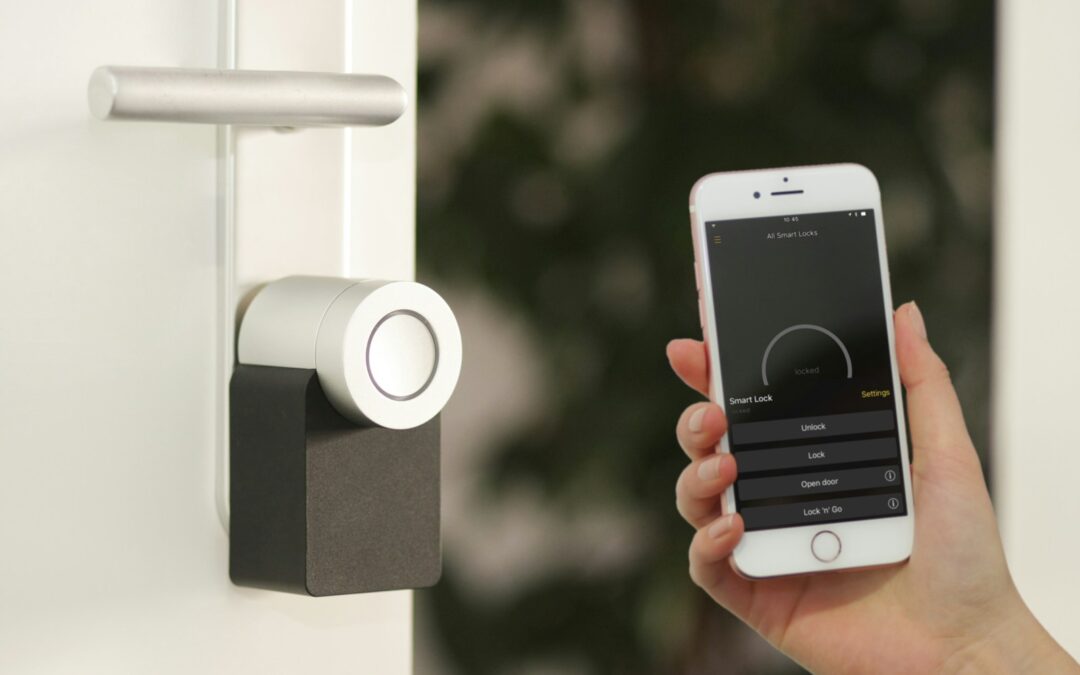The Critical Role of Risk Assessments in IoT Security
Understanding the Importance of Risk Assessments in IoT Security Audits
Risk assessments in IoT security audits are essential tools that help organizations identify, evaluate, and prioritize potential security threats. In technologically progressive regions like Saudi Arabia and the UAE, where cities such as Riyadh and Dubai are embracing IoT at an unprecedented scale, conducting thorough risk assessments is crucial for safeguarding critical infrastructure. These assessments allow businesses to focus their security efforts on the most significant risks, ensuring that their IoT networks remain resilient against cyber threats.
IoT devices, by their very nature, introduce numerous entry points for potential attacks. Without proper risk assessments, organizations may overlook vulnerabilities that could lead to significant breaches. For example, a smart city project in Riyadh that integrates thousands of IoT sensors across its infrastructure needs to assess the risk of each device being compromised. By systematically evaluating these risks, the city can prioritize its security resources, addressing the most critical vulnerabilities first and thereby enhancing the overall security of its IoT ecosystem.
Moreover, risk assessments provide a structured approach to security that helps organizations stay ahead of potential threats. These assessments involve identifying potential risks, determining the likelihood of their occurrence, and evaluating the potential impact on the organization. This structured methodology allows businesses in Dubai, for instance, to make informed decisions about where to allocate their cybersecurity budget, ensuring that resources are used efficiently to protect the most vulnerable aspects of their IoT networks.
Methodologies for Effective Risk Assessments in IoT Security
Implementing effective risk assessments in IoT security audits requires adopting methodologies that provide a comprehensive understanding of potential threats. One widely used methodology is the NIST (National Institute of Standards and Technology) Risk Management Framework (RMF). This framework provides a systematic process for identifying, assessing, and managing risks, ensuring that all potential vulnerabilities are accounted for. In Saudi Arabia, organizations can benefit from adopting the NIST RMF to structure their IoT security audits and ensure that all critical risks are identified and mitigated.
Another recommended methodology is the ISO/IEC 27005 standard, which focuses specifically on information security risk management. This standard provides guidelines for identifying and assessing risks, as well as implementing controls to manage those risks effectively. By following ISO/IEC 27005, businesses in Dubai can ensure that their IoT security audits are aligned with international best practices, providing a robust defense against emerging threats.
Additionally, organizations should consider adopting threat modeling as part of their risk assessment process. Threat modeling involves identifying potential threats to the IoT system, analyzing how those threats could be exploited, and determining the potential impact on the organization. This proactive approach allows businesses to anticipate and address potential security issues before they become critical. In Riyadh, where IoT systems are increasingly integrated into public services, threat modeling can provide valuable insights into how to protect these systems from sophisticated cyberattacks.
Case Studies: Successful Risk Assessment Implementation
Several organizations in Saudi Arabia and the UAE have successfully implemented risk assessments as part of their IoT security audits, leading to enhanced security and reduced vulnerabilities. For instance, a financial institution in Riyadh conducted a comprehensive risk assessment of its IoT-enabled payment systems. By identifying potential threats, such as unauthorized access to transaction data, the institution was able to prioritize its security efforts and implement robust encryption and access controls. This proactive approach significantly reduced the risk of data breaches, ensuring the integrity of its financial transactions.
In Dubai, a healthcare provider conducted a risk assessment of its IoT-based patient monitoring systems. The assessment revealed several vulnerabilities related to data transmission and device authentication. By prioritizing these risks, the provider implemented stronger encryption protocols and multi-factor authentication, ensuring that patient data remained secure and confidential. The successful implementation of these measures not only enhanced the security of the healthcare provider’s IoT systems but also improved patient trust in the organization’s ability to protect sensitive information.
Another notable example is a smart transportation project in the UAE that conducted a risk assessment of its IoT-enabled traffic management system. The assessment identified potential threats related to the integrity and availability of traffic data, which could be exploited to cause disruptions in the city’s transportation network. By addressing these risks, the project team was able to implement redundant systems and real-time monitoring, ensuring that the traffic management system remained resilient against cyberattacks and operational failures.
Best Practices for Conducting IoT Risk Assessments
Developing a Comprehensive Risk Assessment Strategy
Developing a comprehensive risk assessment strategy is essential for ensuring the effectiveness of IoT security audits. Organizations should begin by clearly defining the scope of the assessment, including identifying all IoT devices, networks, and data flows that need to be evaluated. This initial step is crucial for ensuring that no critical assets are overlooked during the assessment process. In Saudi Arabia, businesses can work with cybersecurity consultants to map out their IoT ecosystems and ensure that all potential risks are accounted for.
Once the scope is defined, organizations should adopt a systematic approach to identifying and assessing risks. This includes gathering data on potential threats, vulnerabilities, and the likelihood of their occurrence. Organizations can use risk assessment tools and software to automate this process and ensure that all relevant data is collected and analyzed. By adopting a data-driven approach, businesses in Dubai can gain a comprehensive understanding of their IoT security posture and make informed decisions about how to mitigate risks.
In addition to identifying risks, organizations should prioritize them based on their potential impact and likelihood of occurrence. This prioritization allows businesses to focus their security efforts on the most critical vulnerabilities, ensuring that resources are allocated efficiently. For example, in Riyadh, a smart city project might prioritize risks related to public safety systems, ensuring that these systems receive the highest level of protection.
Implementing Risk Mitigation Strategies
After conducting a risk assessment, the next step is to implement risk mitigation strategies that address the identified vulnerabilities. Organizations should develop a risk management plan that outlines specific actions to reduce or eliminate each identified risk. This plan should include a timeline for implementing mitigation measures, as well as assigning responsibilities to relevant team members.
One effective risk mitigation strategy is to implement security controls that protect against identified threats. These controls can include measures such as encryption, access controls, network segmentation, and regular security updates. In Dubai, organizations can leverage advanced cybersecurity technologies to implement these controls and ensure that their IoT systems remain secure.
Regular monitoring and review of the risk management plan are also essential for ensuring its effectiveness. Organizations should continuously assess their IoT security posture and make adjustments to their risk management strategies as needed. By maintaining a proactive approach to risk management, businesses in Saudi Arabia can stay ahead of emerging threats and ensure the long-term security of their IoT networks.
Conclusion: The Future of IoT Security Audits
As IoT technology continues to evolve, conducting risk assessments as part of IoT security audits will remain a critical strategy for prioritizing security efforts and mitigating potential threats. By adopting systematic methodologies, such as the NIST RMF, ISO/IEC 27005, and threat modeling, organizations in Saudi Arabia and the UAE can identify and address the most significant risks to their IoT networks. A comprehensive approach that includes developing a risk assessment strategy, implementing mitigation measures, and continuously monitoring security posture is essential for ensuring the success of IoT security audits.
In conclusion, risk assessments are a vital component of IoT security audits, providing organizations with the insights they need to prioritize their security efforts effectively. By adopting best practices for conducting risk assessments and implementing robust risk mitigation strategies, businesses can enhance the security of their IoT networks and protect their critical assets from cyber threats. As the digital landscape continues to evolve, organizations that prioritize IoT security through rigorous risk assessments will be well-positioned to achieve long-term success and maintain a competitive edge in the global market.
—
#RiskAssessments #IoTSecurityAudits #PrioritizingSecurityEfforts #IoTRiskManagement #SecurityMethodologies #BusinessSuccess #ModernTechnology #LeadershipSkills #ProjectManagement #SaudiArabia #UAE #Riyadh #Dubai #ArtificialIntelligence #Blockchain #TheMetaverse #ExecutiveCoachingServices #GenerativeAI













